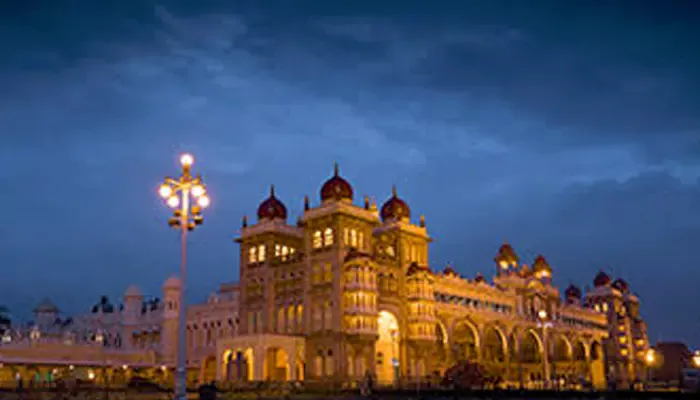
Before Bollywood discovered Europe, Indian royals were already living like kings in Paris.
Long before modern influencers visiting Europe with reels and hashtags, Indian royals were living their best lives across the globe — in true maharaja style. From the cobbled streets of Paris to the glamorous casinos of Monte Carlo, Indian princes weren’t just visiting Europe — they were owning it.
Let's uncover some real history, wrapped in velvet and embroidered with gold. These Indian royals redefined luxury — and sometimes even taught Europe how to do it better.
Introducing Maharaja Jagatjit Singh of Kapurthala, India’s original international jet-setter (minus the jet, of course). Fluent in French, obsessed with European architecture, and a die-hard Parisian at heart, he modeled his entire palace in Kapurthala after Versailles.
Along with designs, he even imported French chefs, tutors, and manners. He spent months in Paris, mingling with aristocrats, attending opera, and commissioning custom Dior suits long before it became fashionable.
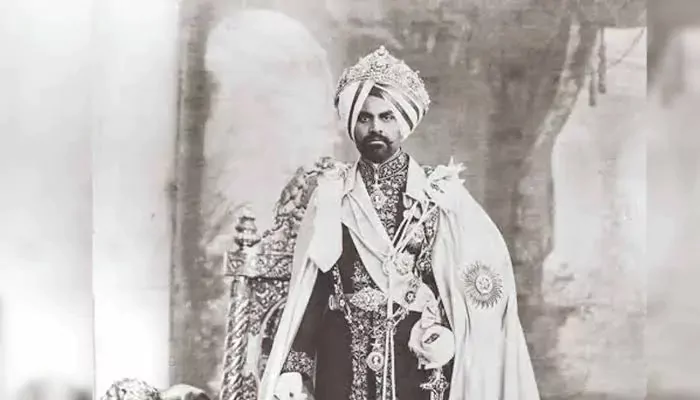
Let me share an exciting trivia; he once had a mini-palace in Paris, which he used as his city home! Royalty defined elegantly!
The Nizam of Hyderabad, known for his frugality in India — wearing simple clothes and keeping cash in old tins — he splurged quietly but magnificently overseas.
His European agents frequently purchased vintage cars, rare art pieces, and custom-made jewels. He once sent a team to Europe just to buy an entire train carriage decked out with gold — because flying commercial (even by ship) was clearly not an option.
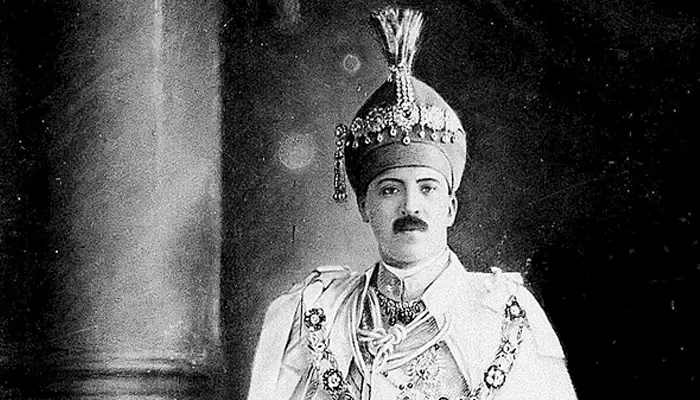
The nizam bankrolled properties in London and Paris, not for show, but simply because he could.
Maharaja Bhupinder Singh of Patiala; the name that screams opulence. In 1928, he walked into Cartier in Paris with a box of gems weighing nearly 1,000 carats. What did he want? A necklace that portrayed royalty — and Cartier delivered. The Patiala Necklace, designed with 2,930 diamonds and the legendary De Beers diamond, is still one of the most extravagant pieces of jewellery in history.
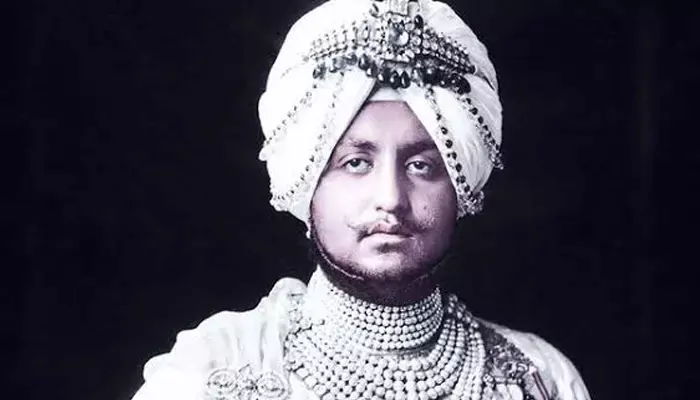
He owned planes, Rolls-Royces, polo teams, and travelled through Europe like it was his own kingdom!
Indian royals didn’t just consume European luxury — they even thoroughly contributed to its evolution. They became muses for artists, patrons of couture, and icons of several cross-cultural elegance.
European designers used admire the combination of Indian embroidery, fabrics, and colour palettes, and some even tailored fashion lines inspired by Indian royalty. Meanwhile, Indian princes were seen wearing ‘Savile Row’ suits with jeweled turbans, creating a look that was part Raj, part Riviera.
Consequently, Indian royalty became global trendsetters — walking the line between tradition and modernity with flair.
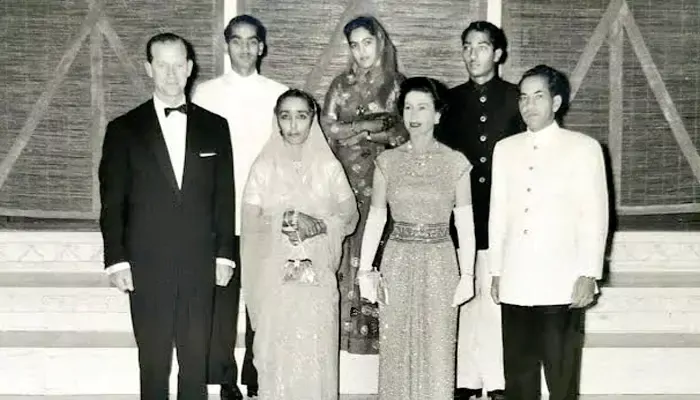
(India’s erstwhile royal families with Queen Elizabeth II)
While their hearts remained in India, the lifestyles of Indian royals embraced the world’s trends.
The Maharaja of Baroda reportedly owned a fleet of cars across Europe, so he wouldn’t have to ship one around.
The Scindia family regularly attended royal balls in London, decked out in velvet, rubies, and regal charm.
These weren’t just vacations — they were actually power statements, delivered with royal subtlety. We often think of Indian royalty as locked in dusty palaces or frozen in black-and-white portraits. But they were global citizens before the term even existed.
So next time you're strolling down a Parisian boulevard, remember — a century ago, you just might’ve bumped into a bejeweled Indian royal stepping out of a custom Rolls, ready to attend a masquerade in Monaco or a soirée in Saint-Tropez.